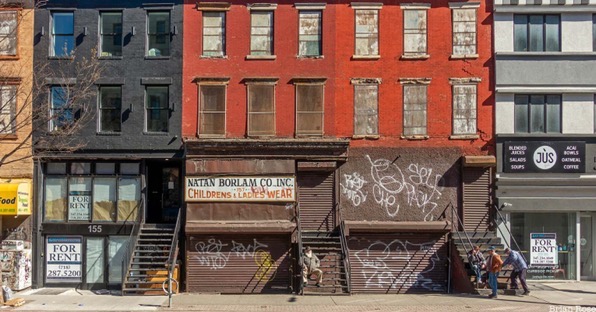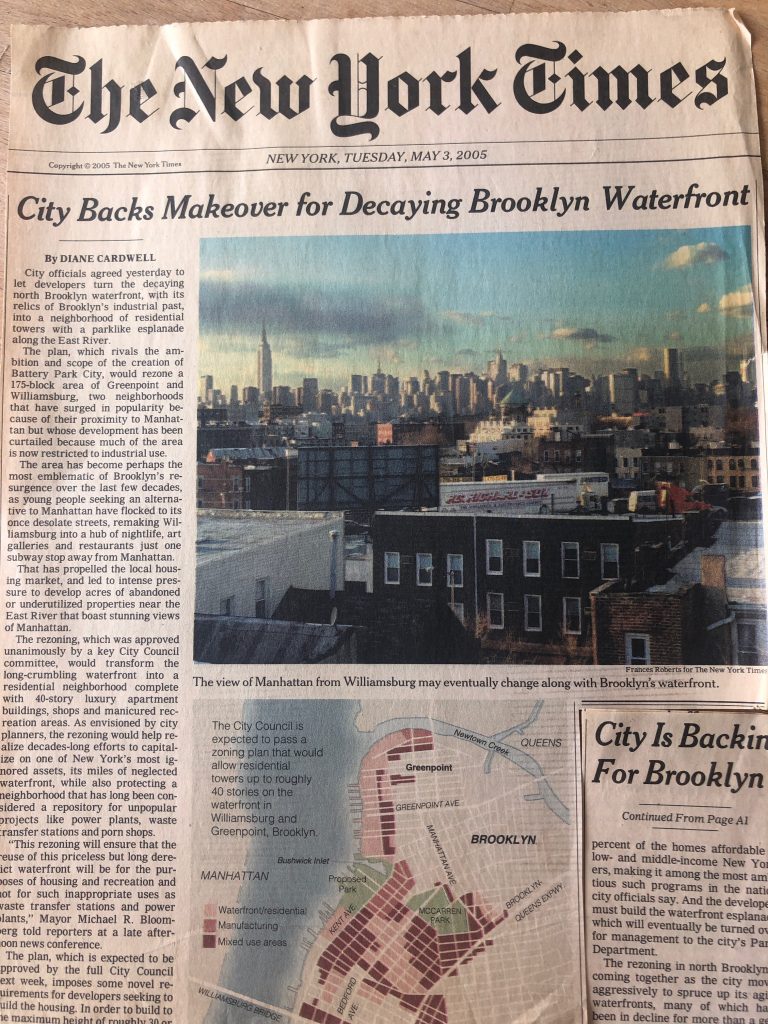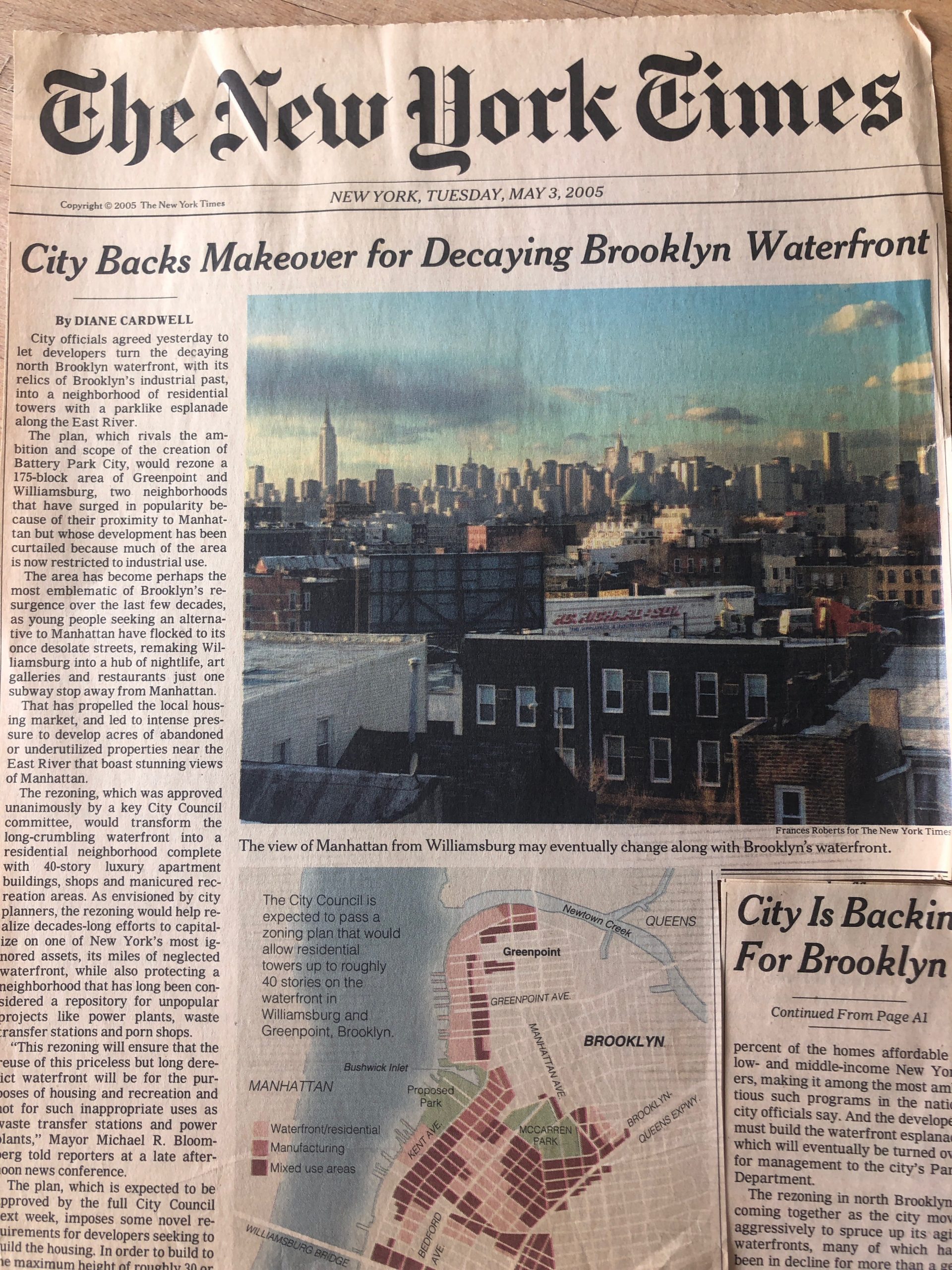Vice is not moving to the Navy Yard. They are consolidating on Kent Avenue, though – Refinery29 is subleasing its space on Broadway in Manhattan and has already moved (most of?) its people to the mothership in Williamsburg.
I guess Williamsburg is not dead.



